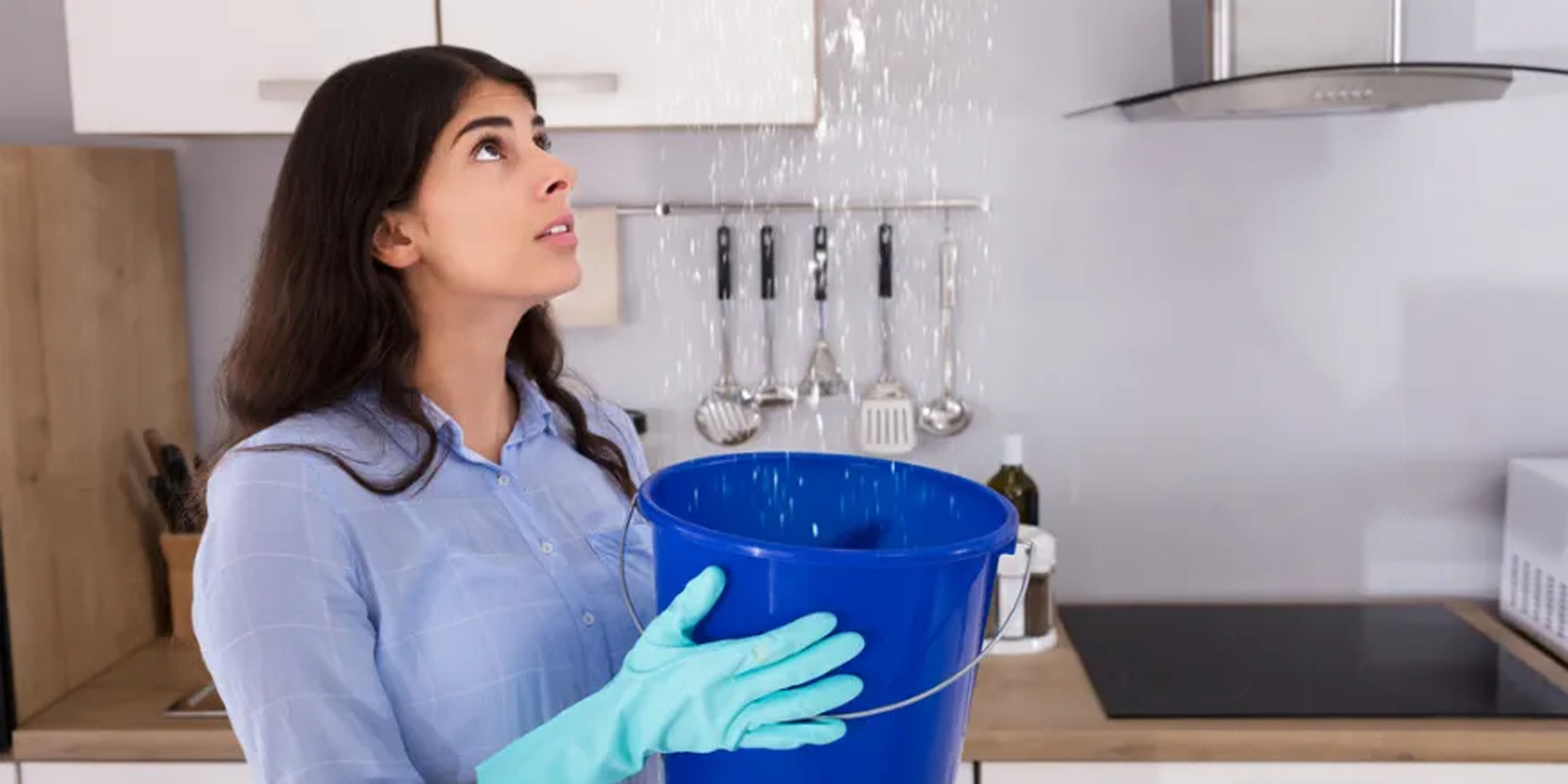
How to engineer a Living Roof for long-term success (four factors you need to consider)
- Read time: 3 minutes
- Date: 16 Jan 2018
The UK living roof market is really taking root. With the sector growing nearly twenty percent last year, it’s clear property owners now recognise the significant advantages living roofs offer in terms of improved ecology and design. This growth means new jobs and a more progressive direction for the roofing trade.
However, there are an increasing number of cases where living roofs are not performing as well today as when they were first installed. Rain and wind (all-too-familiar features of our British climate) are impacting how these roofs look and perform over time.
A lack of proper living roof engineering can lead to deterioration of the living roof itself.
Here are four factors to consider when designing a successful living roof:
Drainage
To begin with, drainage should be a priority when designing a successful living roof. The perimeter of the planted area must include a fixed structure that has effective exit points for water drainage and allows for regular inspection for blockages. Similarly, drainage outlets can become clogged with debris and living matter, so inspection chambers should be considered as part of the living roof design.

Erosion
Problems with the erosion of soil and substrates are most common at a living roof’s edges, where the growing medium is most vulnerable to the elements. If the substrate itself, and the retention system which contains it, are not sufficiently engineered to mitigate these issues, owners can find themselves with a largely uninhabitable surface.

Puncturing
Punctured waterproof membranes are also a commonly reported point of failure, and lead to roof leaks. These are expensive to rectify as the green roof has to be removed, the leak located and then repaired. To preserve waterproofing of the roof, care must be taken during installation to prevent the waterproofing being punctured. One might think it is obvious, but traditional landscaping stakes etc. must be avoided in favour of suitable rust-resistant metal retention systems.

Fire Safety
Rightly so, there is now increased scrutiny on fire safety in the specification, installation, and maintenance of construction materials and systems. For living roofs, there are two main factors to consider in relation to good fire safety practice. Firstly, there must be adequate perimeter fire breaks, so the living matter of the roof should not be allowed to grow into these areas. Also, as the substrate acts as a fire barrier in itself, a sufficient depth must be maintained. Owners should, therefore, be wary of soil erosion to ensure their roofs follow fire safety best practice.

How to Solve These Common Living Roof Failures
The Fixfast Living Roof Retention System addresses these commonly overlooked issues, helping to protect the performance of the roof over its lifetime.
Failing living roofs have the potential to stem market demand. So it is vital that our sector recognises the need for effective living roof engineering – just as it does for any other aspect of a building’s construction.



